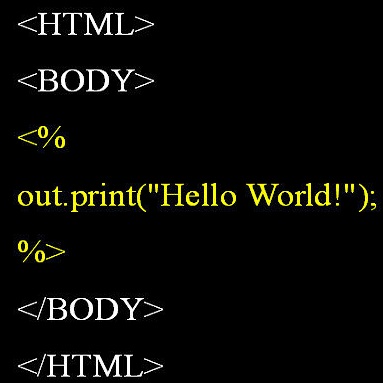We explore different ways of implementing temporal constraints expressed in an extension of Answer Set Programming (ASP) with language constructs from dynamic logic. Foremost, we investigate how automata can be used for enforcing such constraints. The idea is to transform a dynamic constraint into an automaton expressed in terms of a logic program that enforces the satisfaction of the original constraint. What makes this approach attractive is its independence of time stamps and the potential to detect unsatisfiability. On the one hand, we elaborate upon a transformation of dynamic formulas into alternating automata that relies on meta-programming in ASP. This is the first application of reification applied to theory expressions in gringo. On the other hand, we propose two transformations of dynamic formulas into monadic second-order formulas. These can then be used by off-the-shelf tools to construct the corresponding automata. We contrast both approaches empirically with the one of the temporal ASP solver telingo that directly maps dynamic constraints to logic programs. Since this preliminary study is restricted to dynamic formulas in integrity constraints, its implementations and (empirical) results readily apply to conventional linear dynamic logic, too.
翻译:我们探索以动态逻辑构建语言的“回答设置程序”(ASP)扩展中表达的时间限制应用不同的方法。 我们最先调查如何使用自动数据来强制实施这些限制。 我们的想法是将动态限制转换成一个自动图, 以逻辑程序表示, 以逻辑程序来强制满足最初的限制。 使这一方法具有吸引力的是时间邮票的独立性和探测不满意性的潜力。 一方面, 我们详细研究动态公式转换成交替自动图, 这依赖于 ASP 的元方案。 这是首次将重新化应用到理论表达法中。 而另一方面, 我们建议将动态公式转换成双元二阶公式, 然后再用现成的工具来构建相应的自动图。 我们将这两种方法与时间的 ASP 求解调频程序直接绘制逻辑程序动态限制图的方法作对比。 由于这项初步研究仅限于在完整性制约、 其实施和( 精神学) 逻辑结果中, 将动态公式转换为动态公式, 直接适用于常规的动态线性逻辑。



